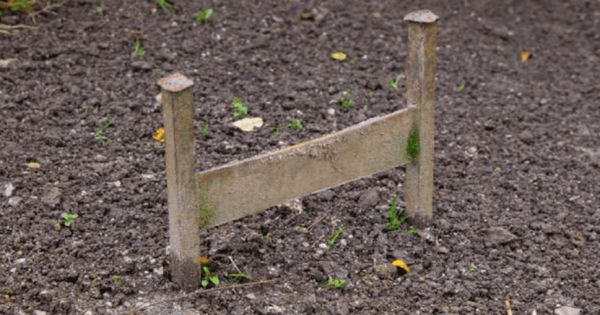
In the hustle and bustle of our modern lives, it’s easy to overlook the small things that tell the story of our past. One such forgotten item is the boot scraper, a relic from earlier times that holds a fascinating history dating back to the 18th and 19th centuries.
Originally known as “decrottoirs” in French, boot scrapers were created to tackle the challenges posed by muddy streets and unpaved pathways. Their practical origins were all about removing excrement and mud from footwear, ensuring cleanliness in the home and preventing dirt from entering the door.
During their peak, boot scrapers played a vital role in maintaining cleanliness. They were the first line of defense against the grime of the outside world. But as urbanization took hold and paved pathways became the norm, the need for boot scrapers gradually declined. Their necessity diminished, and they started to fade into obscurity.
However, even though they are no longer essential, many old houses proudly display boot scrapers as historical relics. These remnants of a bygone era serve as a testament to the perseverance and importance of cleanliness in the past. They are a tangible link to our history, reminding us of the effort and care that was once required to keep our homes clean.
Today, boot scrapers have experienced an aesthetic resurgence. They have become decorative elements that add a touch of vintage charm to the entrances of old homes, preserving our architectural heritage. They are now admired for their unique designs and the stories they tell.
So, the next time you come across a boot scraper, take a moment to reflect on its historic importance. This humble object not only embodies the challenges and changes of past urban landscapes but also serves as a reminder of the dedication our ancestors had to cleanliness. Let it be a symbol of our connection to the past and a celebration of our shared heritage.



